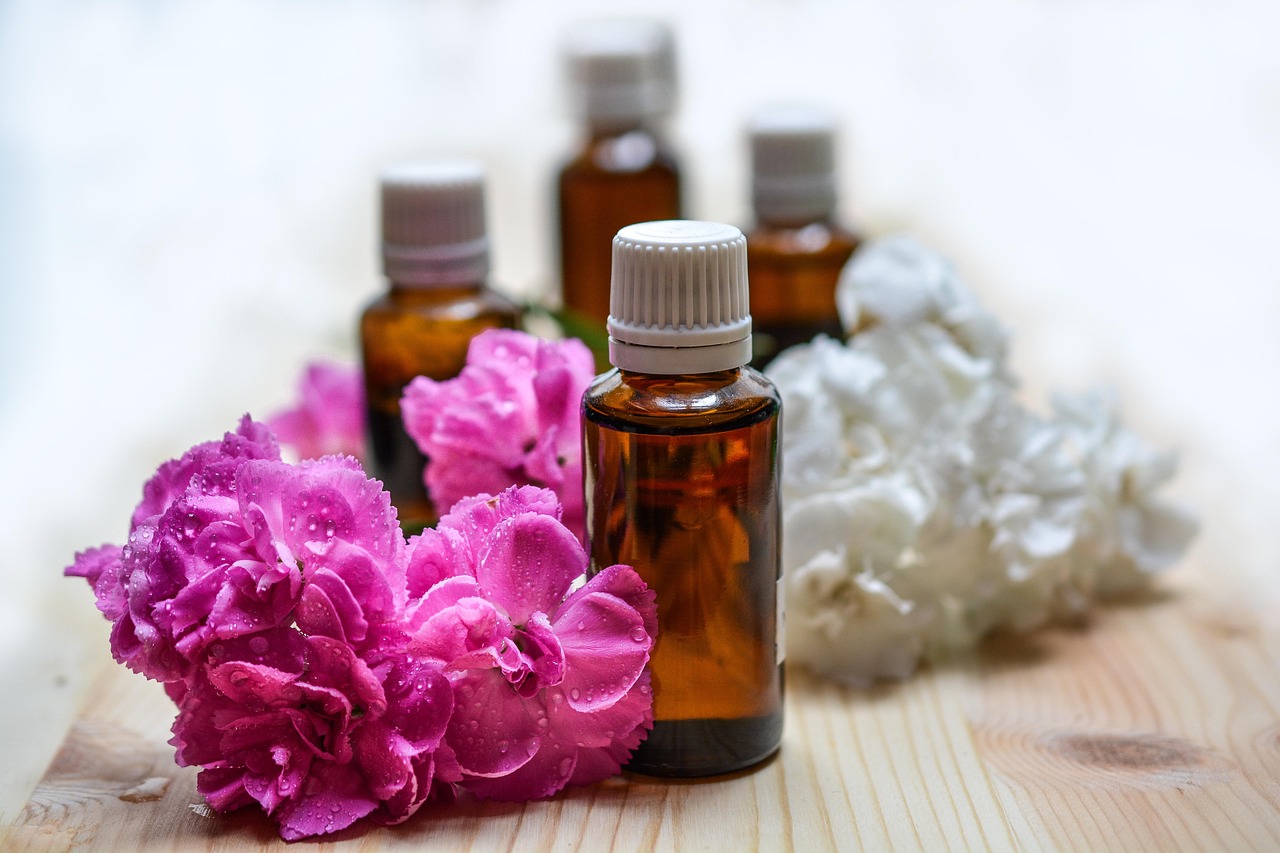Understanding the Risks of Essential Oils in “Natural” Head Lice Products
Recent findings show that certain essential oils used in some head lice treatments—especially those labeled as “natural” or “safe”—may disrupt hormone balance in children. Research has linked repeated exposure to lavender and tea tree oils with abnormal hormone activity, including enlarged breast tissue in boys. The full effects of these and other essential oils on children remain under study.
Effectiveness Compared to Safer Alternatives
There is no clear evidence that essential oils kill lice more effectively than simple olive oil. Using olive oil as part of a controlled smothering method may provide a safer and equally effective approach without exposing children to unnecessary chemical or hormonal risks.
The Misconception of “Natural” Safety
Products containing essential oils are often marketed as natural alternatives, but “natural” does not automatically mean safe. Many essential oils are not recommended for infants, young children, pregnant or nursing individuals, or the elderly. In some cases, essential oils have been linked to adverse reactions such as rashes, respiratory irritation, or hormone disruption.
Lack of Regulation and Oversight
Herbal and natural products are not subject to the same premarket safety testing as pharmaceutical drugs. The Dietary Supplement Health and Education Act of 1994 removed the requirement for such evaluations before marketing. As a result, the safety, purity, and concentration of many natural products remain unverified.
The U.S. Food and Drug Administration can only act after health problems are reported. This limited oversight means consumers cannot always assume that products labeled as “herbal” or “natural” are safe or effective.
Key Takeaway
Families should approach “natural” lice treatments with caution. Essential oils can pose risks that are not always disclosed or well-studied. Safer, evidence-based options—such as olive oil smothering and careful nit removal—remain effective and low-risk methods for managing head lice infestations.
